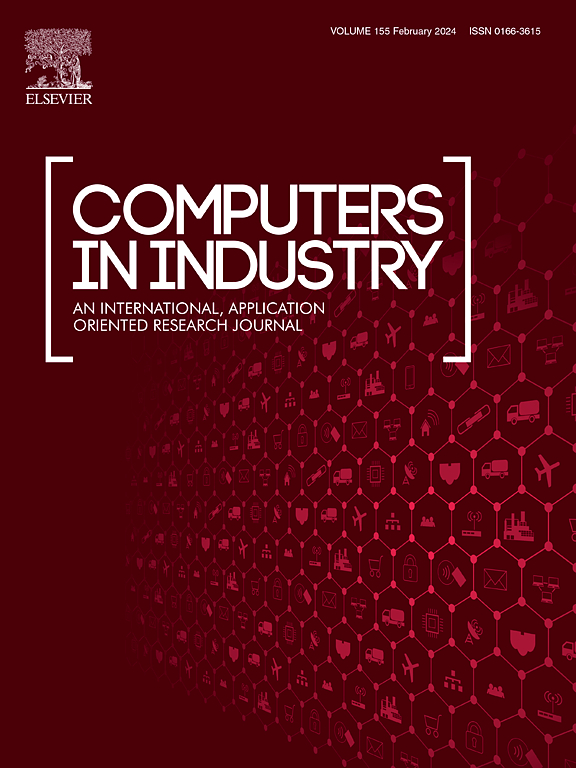State estimation for industrial desiccant air dryers using hybrid mechanistic and machine learning models
IF 8.2
1区 计算机科学
Q1 COMPUTER SCIENCE, INTERDISCIPLINARY APPLICATIONS
引用次数: 0
Abstract
Industrial gas drying systems with twin silica gel packed beds are widely used to remove moisture from gas streams, alternating between drying and regeneration phases to maintain continuous operation. This paper presents an integrated solution for real-time estimation of water content within the packed beds of such a system used for drying process air. First, two mechanistic models were developed and validated using gas exit temperature data, achieving average prediction error rates of 5.6% and 5.2% for the drying and regeneration processes, respectively. These mechanistic model prediction errors were then used to train a machine learning model, reducing previous prediction errors to 1.2% and 3.7%. The models were subsequently combined into a hybrid structure and embedded within a moving horizon estimation framework to monitor the internal states of the mechanistic model in real-time. This approach meets observability requirements and provides a more robust solution than open-loop predictions, as demonstrated in the paper through studies using historical process data for both drying and regeneration operations. Further analysis of the regeneration phase revealed that the quantity of heated air and heating duration exceed requirements for water desorption, indicating potential areas for energy optimization using the proposed state estimation solution.
使用混合机械和机器学习模型的工业干燥剂空气干燥机状态估计
工业气体干燥系统与双硅胶填充床被广泛用于去除气流中的水分,在干燥和再生阶段之间交替,以保持连续运行。本文提出了一个集成的解决方案,用于实时估计这种系统用于干燥过程空气的填料床内的含水量。首先,利用气体出口温度数据建立并验证了两种机理模型,干燥和再生过程的平均预测错误率分别为5.6%和5.2%。然后使用这些机制模型预测误差来训练机器学习模型,将之前的预测误差降低到1.2%和3.7%。这些模型随后被组合成一个混合结构,并嵌入到一个移动水平估计框架中,以实时监测机械模型的内部状态。该方法满足了可观测性要求,并提供了比开环预测更稳健的解决方案,正如本文通过使用干燥和再生操作的历史过程数据进行研究所证明的那样。对再生阶段的进一步分析表明,加热空气的数量和加热时间超过了水解吸的要求,这表明了使用所提出的状态估计解决方案进行能源优化的潜在领域。
本文章由计算机程序翻译,如有差异,请以英文原文为准。
求助全文
约1分钟内获得全文
求助全文
来源期刊

Computers in Industry
工程技术-计算机:跨学科应用
CiteScore
18.90
自引率
8.00%
发文量
152
审稿时长
22 days
期刊介绍:
The objective of Computers in Industry is to present original, high-quality, application-oriented research papers that:
• Illuminate emerging trends and possibilities in the utilization of Information and Communication Technology in industry;
• Establish connections or integrations across various technology domains within the expansive realm of computer applications for industry;
• Foster connections or integrations across diverse application areas of ICT in industry.
 求助内容:
求助内容: 应助结果提醒方式:
应助结果提醒方式:


